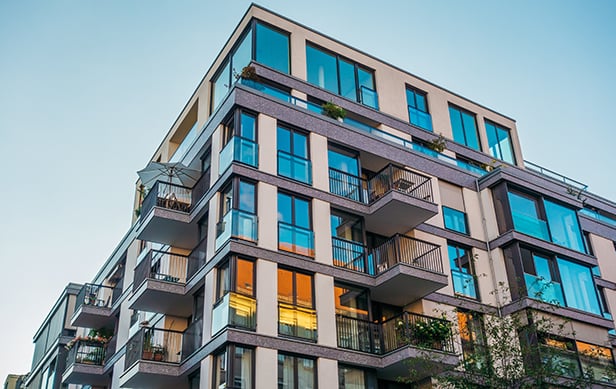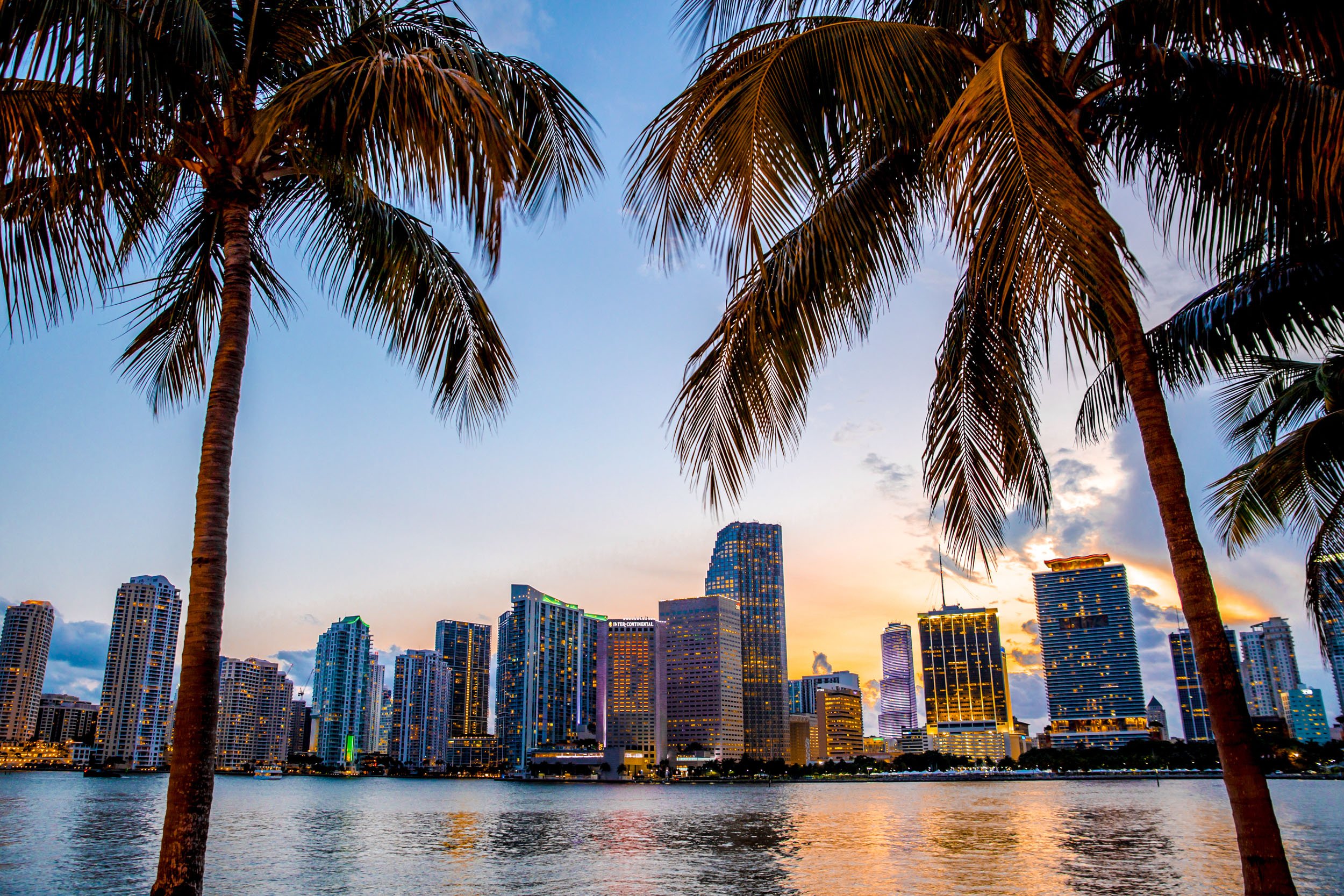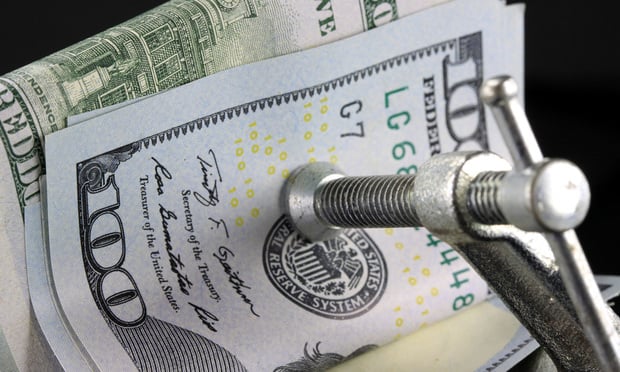WASHINGTON, DC—After months and months of hints, warnings, speeches, promises and more speeches, the day has arrived. The Federal Reserve Bank's two-day policy meeting begins this morning. Before the global stock market rout and China's economic slowdown. it was practically a done deal: the Fed was going to start its gradual increase.
Now expectations have done an about face, largely because of the aforementioned events.
"It seems highly unlikely that the Fed will raise interest rates at its September meeting, given the extreme stock market volatility we've seen over the past few weeks, concerns about the Chinese and European economies, and less-than-exciting recent employment and wage numbers," according to Rick Sharga, executive vice president of Auction.com.
The Fed could though -- an eventuality that many investors are insuring against by buying put contracts. These money market derivatives are used to speculate on changes in Fed policy, and according to Bloomberg demand for these options is very high right now.
Unfortunately for commercial real estate, the effect of an interest rate increase can't be mitigated by a financial instrument.
But then again, the affect of an interest rate increase is not necessarily an adverse event in this industry either.
In fact, the relationship between interest rates and CRE values is much more nuanced, write Steve Rado, an EY principal and Dr. W. Michael Cox, the former Chief Economist of the Dallas Federal Reserve Bank and professor at Southern Methodist University's Cox School of Business, in a white paper by EY's Transaction Real Estate Group.
"The trajectory of capitalization rates (cap rates) and real estate values is also impacted by other significant drivers like, demand and supply changes, transaction activity and trends in the overall economy," they note.
So let's take a step back and possible a deep breadth as well.
The truth is this: when interest rates do start to increase – whether this month or at the next policy meeting – they will only have a marginal increase on valuations and investment momentum, according to the EY paper. Rado and Cox write that:
"A shock to the US CRE investment environment from a 25 to 50 bps increase in the overnight lending rate seems unlikely in light of the forecasted environment for the sector. With vacancies trending down in office, retail and industrial properties and hospitality and multi-family exhibiting increased rents, the effect of contractionary monetary policy and rising interest rates on real estate values and cap rates should be mitigated in the near term, especially for investors focused on cash flows from strengthened operations."
But what of long-term interest rates and the premise that they will spike? The EY team is unimpressed with this theory as well. Strong fundamentals, increased capital supply and a slower economic recovery all suggest that there is still room for compression in the spread between cap rates and interest rates, EY says.
Also, Auction.com's Sharga argues that even if the Fed does raise rates at this meeting, mortgage rates may not go up at all at least not in the long term.
What we could see is a repeat of what happened when the Fed announced it was ending the QE program, he said – lenders temporarily raised rates and then lowered them again as applications cratered and home sales slowed down.
© Touchpoint Markets, All Rights Reserved. Request academic re-use from www.copyright.com. All other uses, submit a request to [email protected]. For more inforrmation visit Asset & Logo Licensing.







